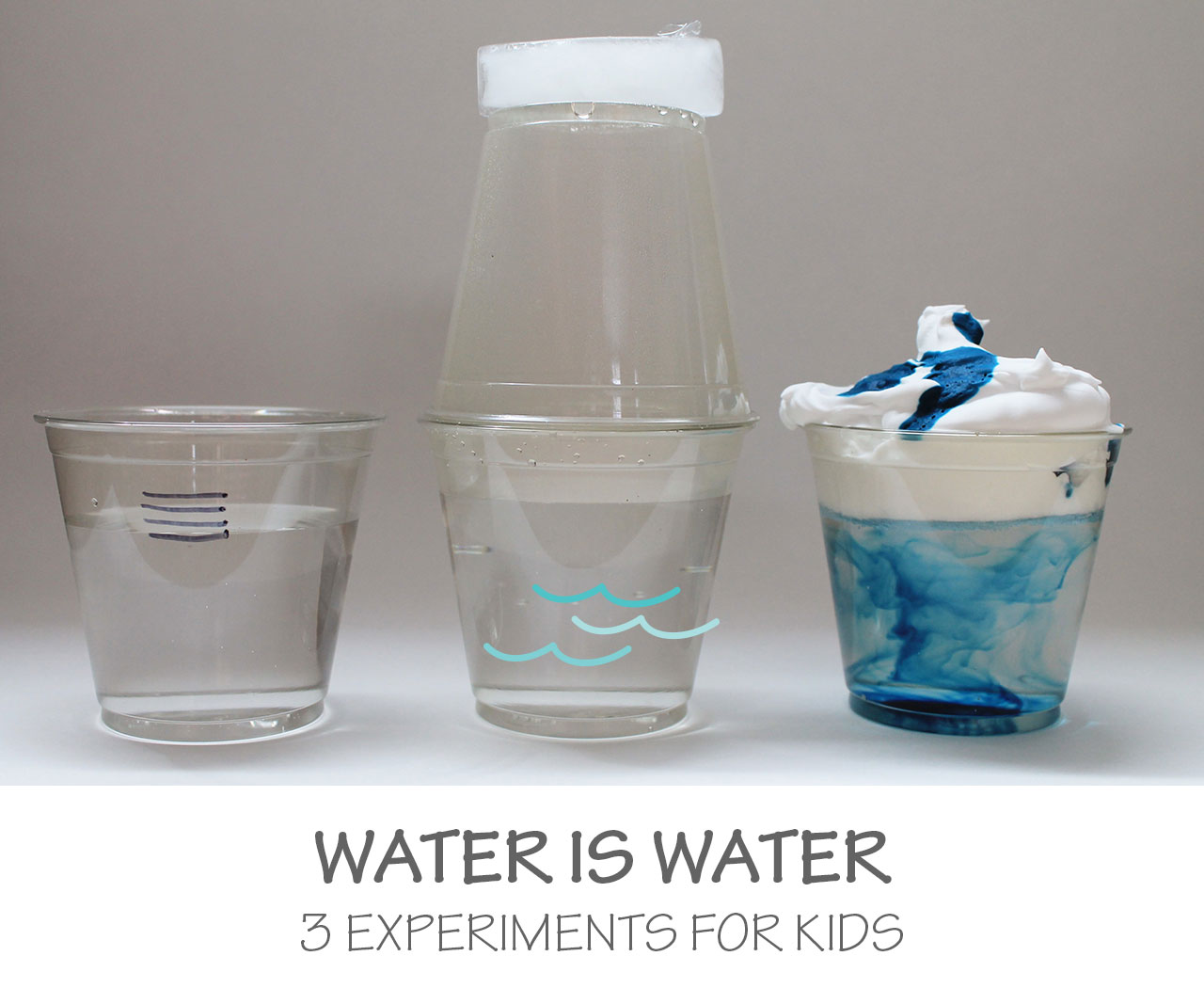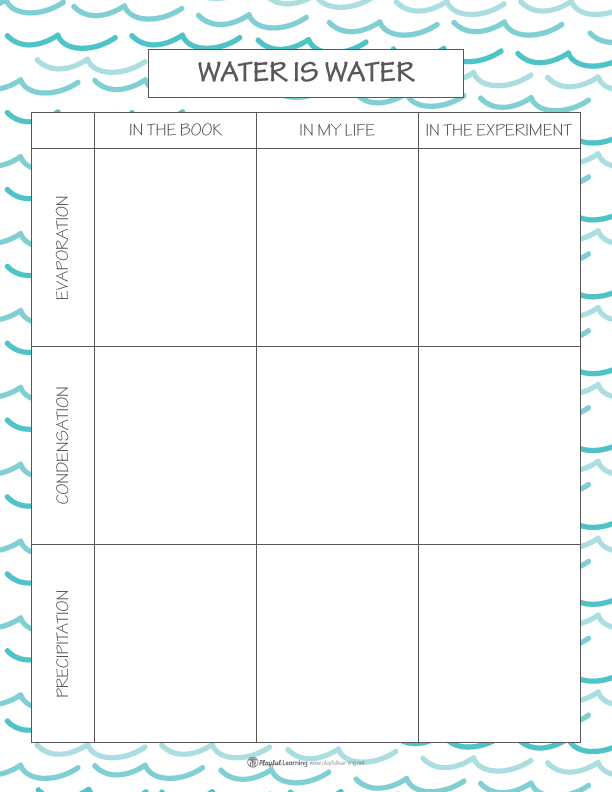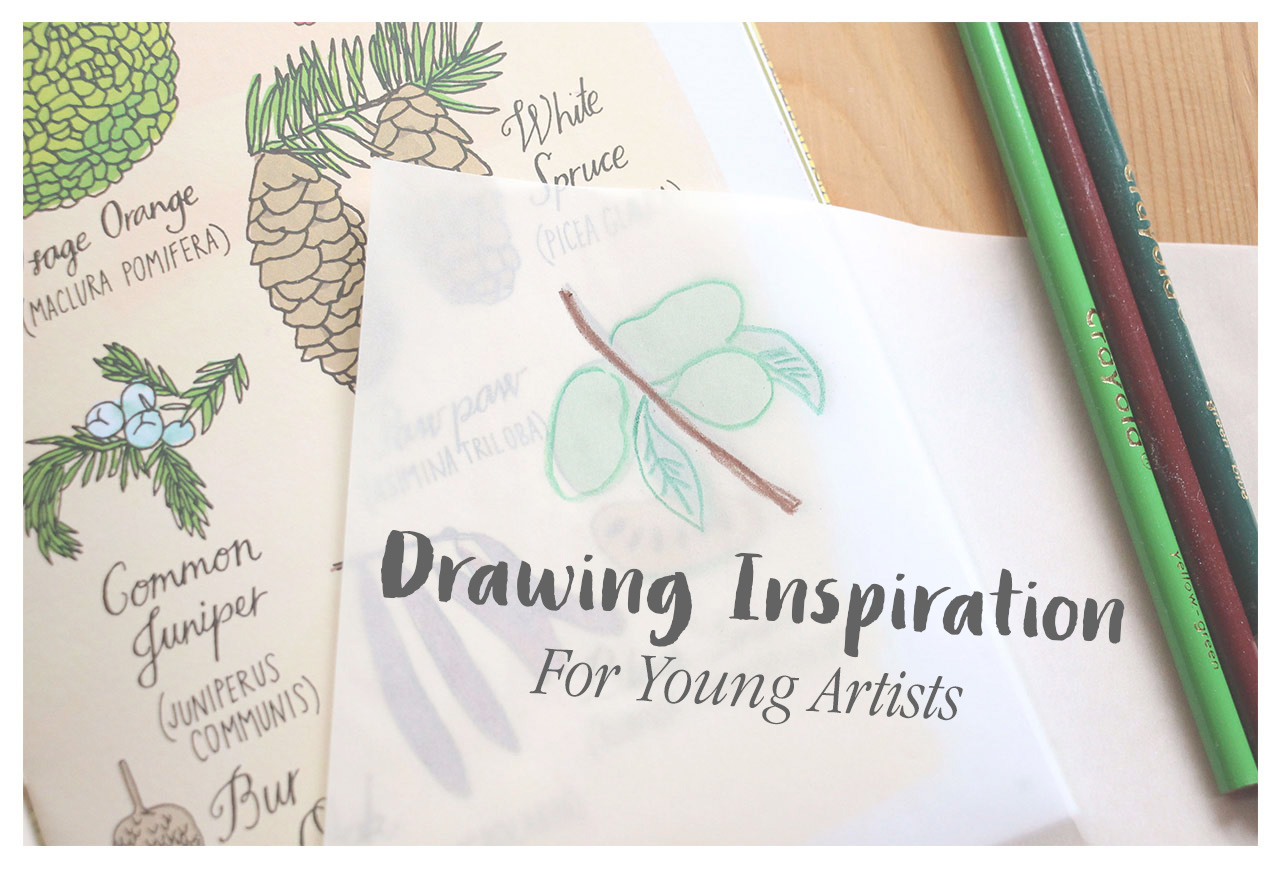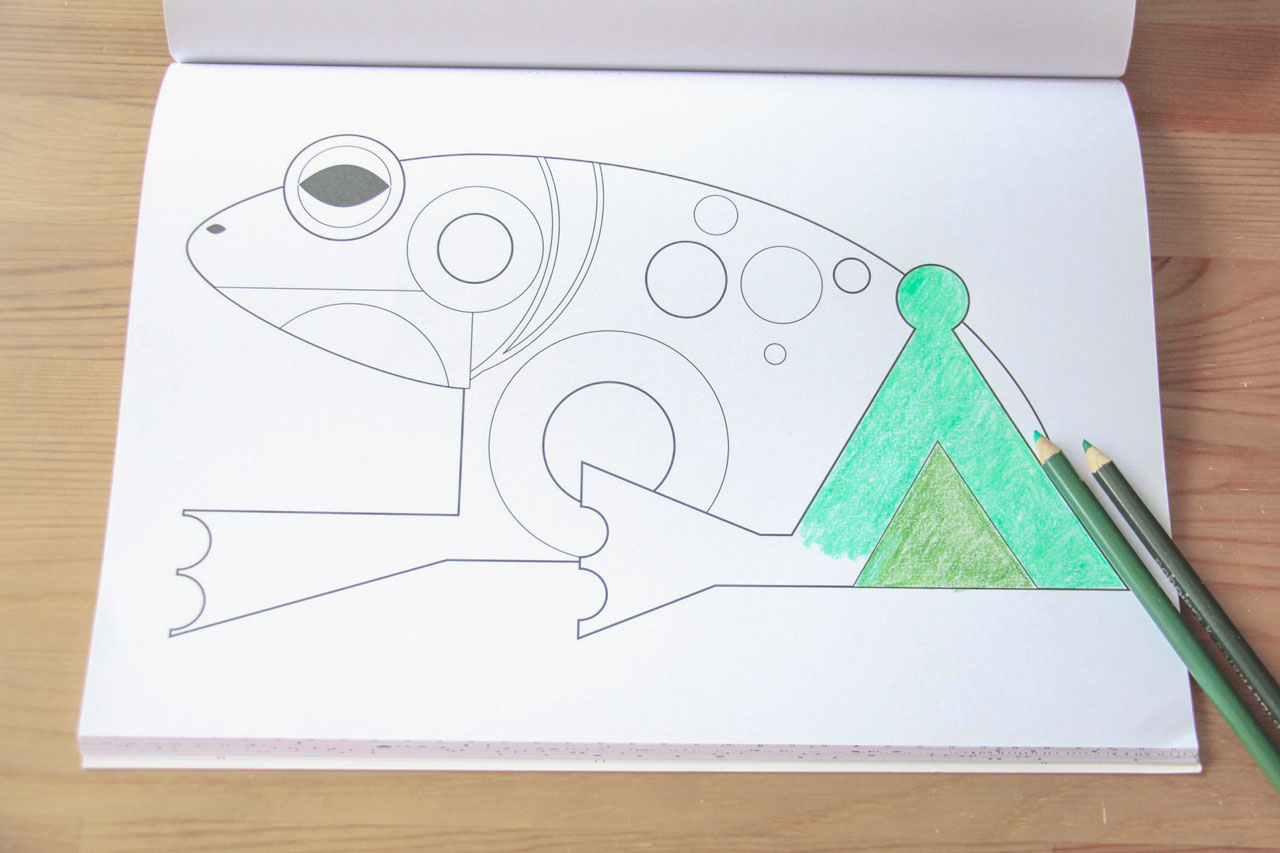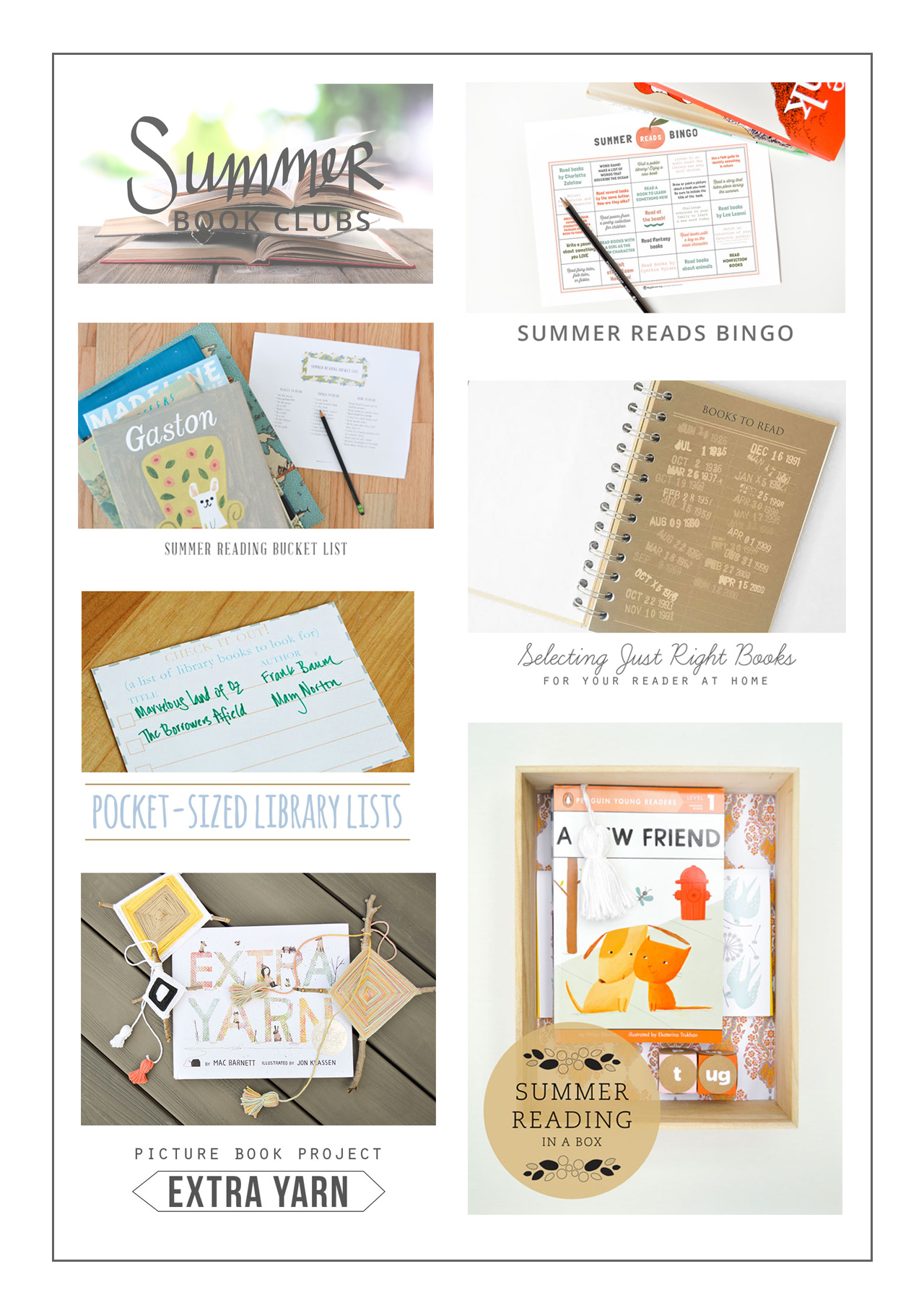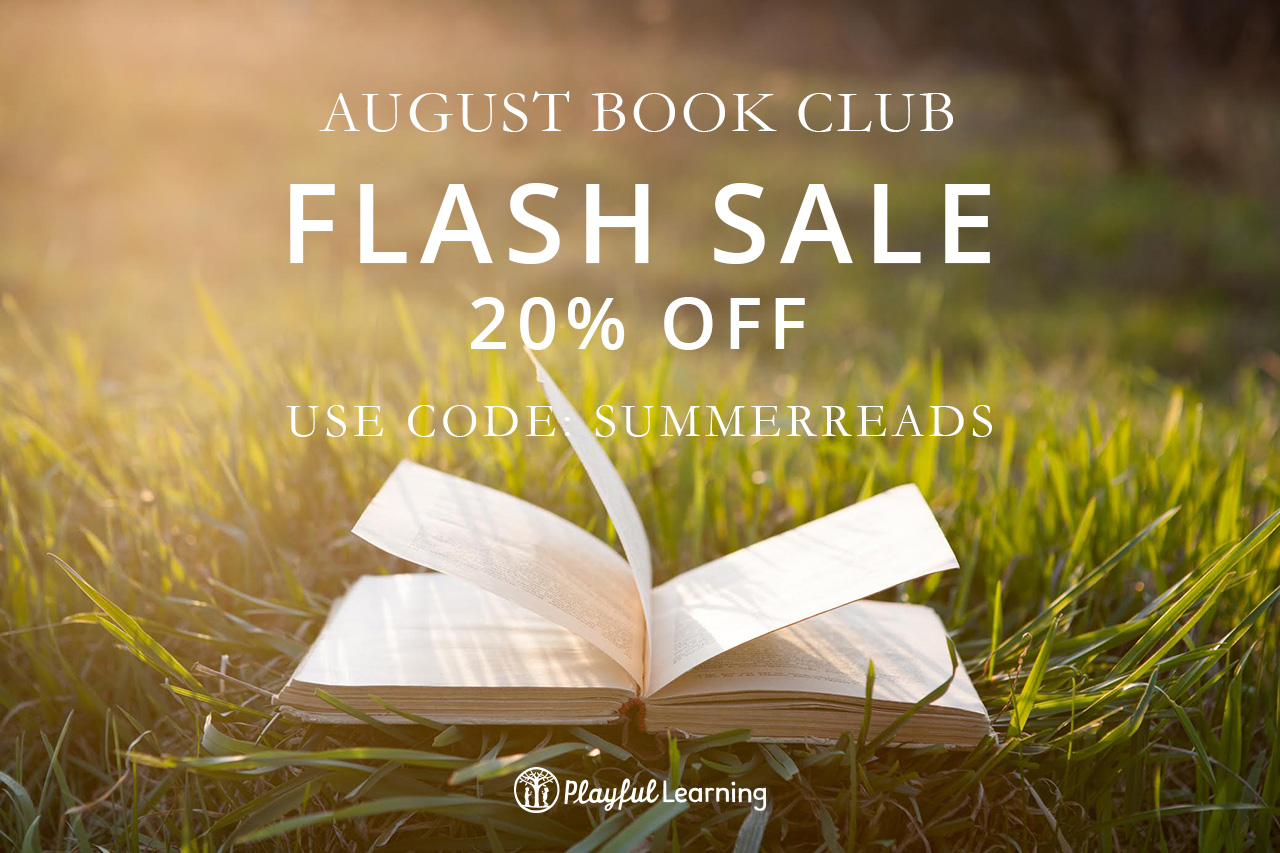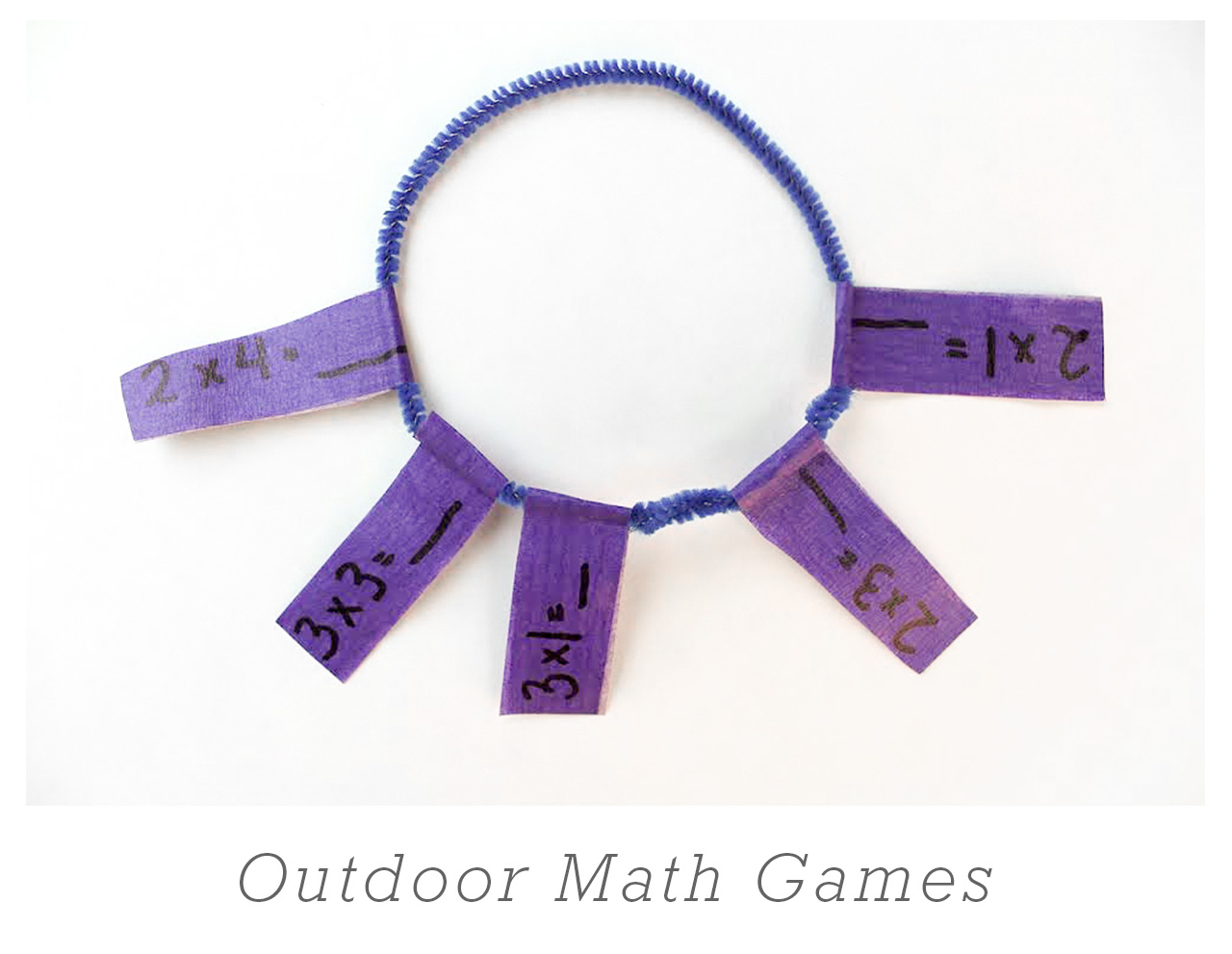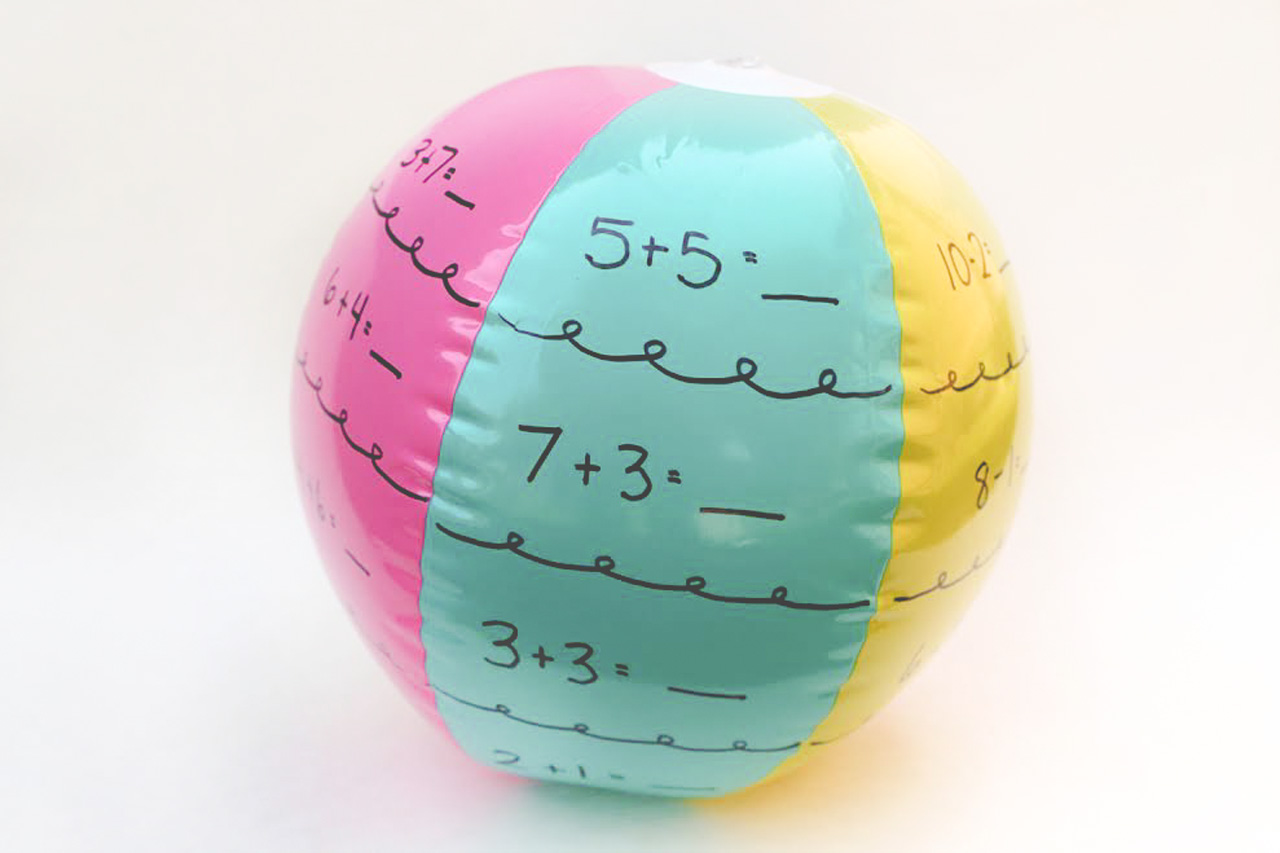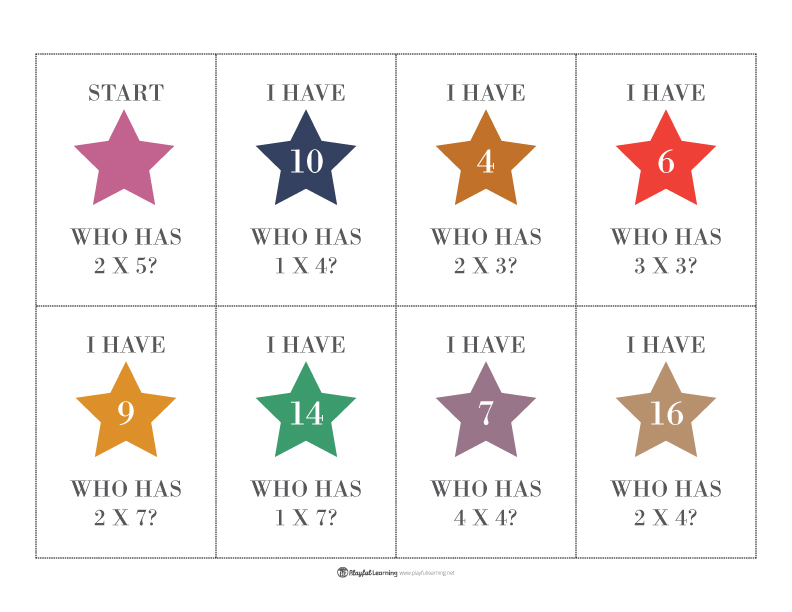Nature Study: Getting Up Close
 Nature is all around us, from the grass that grows between the paving stones near our house to a nearby wooded copse, ripe for exploring. But how often do we really look closely at the nature that surrounds us, I mean really look.
Nature is all around us, from the grass that grows between the paving stones near our house to a nearby wooded copse, ripe for exploring. But how often do we really look closely at the nature that surrounds us, I mean really look.
It can be easy to think of Nature Study as a thing separate from our lives, a subject like Maths or Spanish; but really nature is a part of us, and studying it should be a simple matter of taking a moment to really look and connect.
Though we love science in our house, I was having a hard time getting to grips with regular nature studies. I felt that it had to be a beautiful journal slaved over for hours, or the study of field guides to an expert level. Then I discovered a curriculum called Private Eye that encourages the simple study of the natural world that is all around us. In order to see nature from a different angle (literally) the ‘student’ uses a 5x magnification jeweler’s loupe, giving them an entirely new perception of objects and organisms they have seen, but never appreciated.
While the book that describes the core concepts of the curriculum is wonderful, it really isn’t necessary to have it in order to benefit from this kind of nature study. All you need is a loupe (available from the Private Eye website, or other science stores near you) and an ample supply of curiosity, something that most children definitely do not lack.
We have used our loupes out in ‘the field’ (it was an actual field) as well as at home for all sorts of studies. Mostly I just encourage my boys to stop for a moment when they have found a new treasure, and take a minute to look at it again but through their loupes. It’s amazing how astonished they are when they see an object through this new, closer perspective. When looking through the loupe the rest of the world is cut off, allowing them to focus completely upon the newly revealed details the loupe offers up. From an orange segment they had for snack, to a new snake skin found under the woodpile, they are always fascinated by what they see.
The point of the Private Eye method is to draw analogies between different objects and organisms so that children begin to make connections and patterns. Asking a few simple questions can help them to draw quite profound connections and help them understand how many of the building blocks of life are present throughout nature. Ask the child what do you see? and then, what does it remind you of? They may notice the way the segment of orange has interconnected smaller segments, just as you might find on a snake skin. You can wonder together at why that might be, or begin researching to find out!
Once your child has experienced the object up close you may wish to encourage them to draw what they saw. Older children can write down words that come to mind and begin shaping a poem out of them (this video has some teaching tips and there are beautiful samples of work here).
It’s truly lovely to produce a piece of art inspired by nature, something to treasure and hold on to. But most of the time, when we grab our loupes from our nature basket to look at an unusual rock or a piece of wax from our beehives, we just look. We look, we marvel, we tell each other what we see; and that, really that simple thing, is enough.
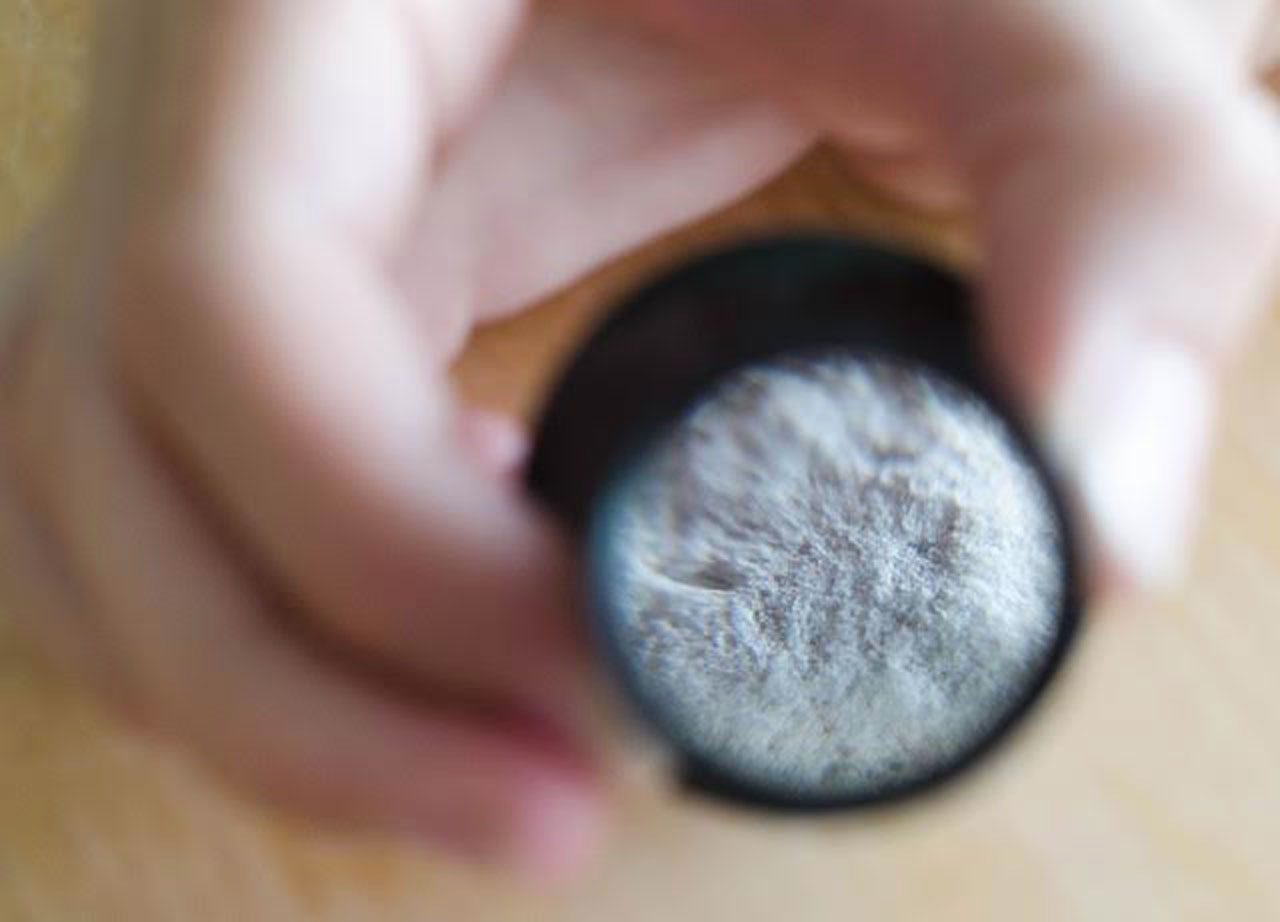

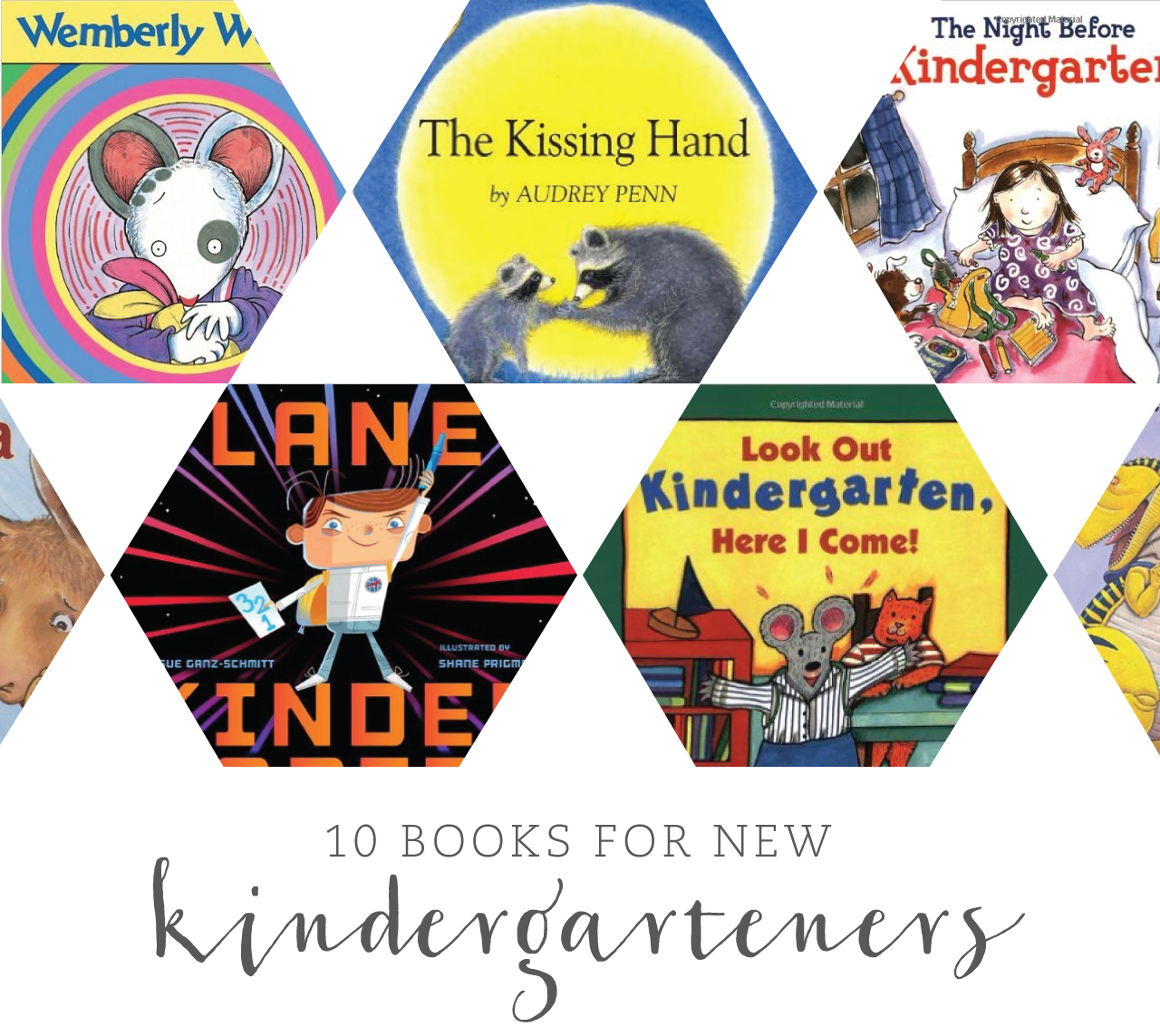
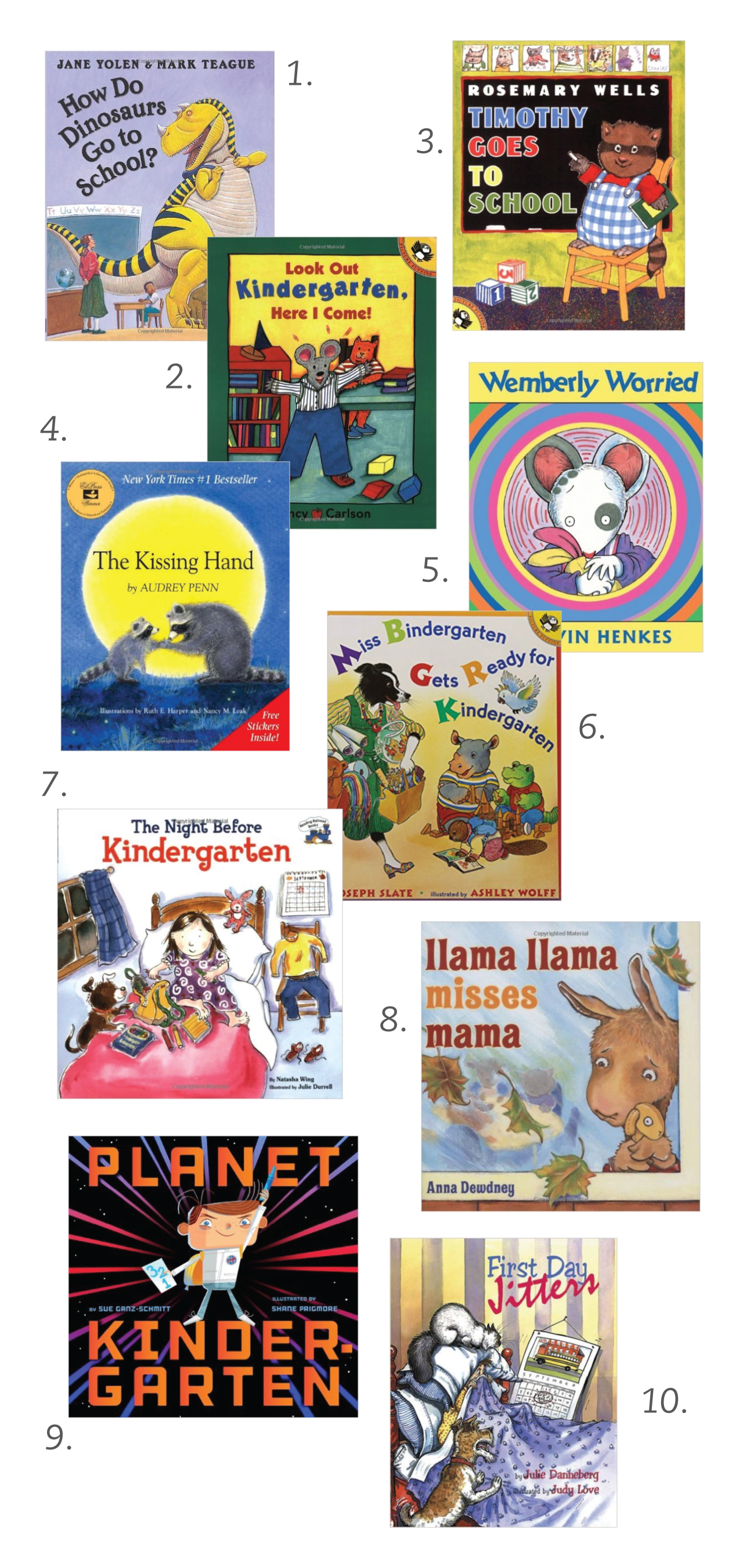
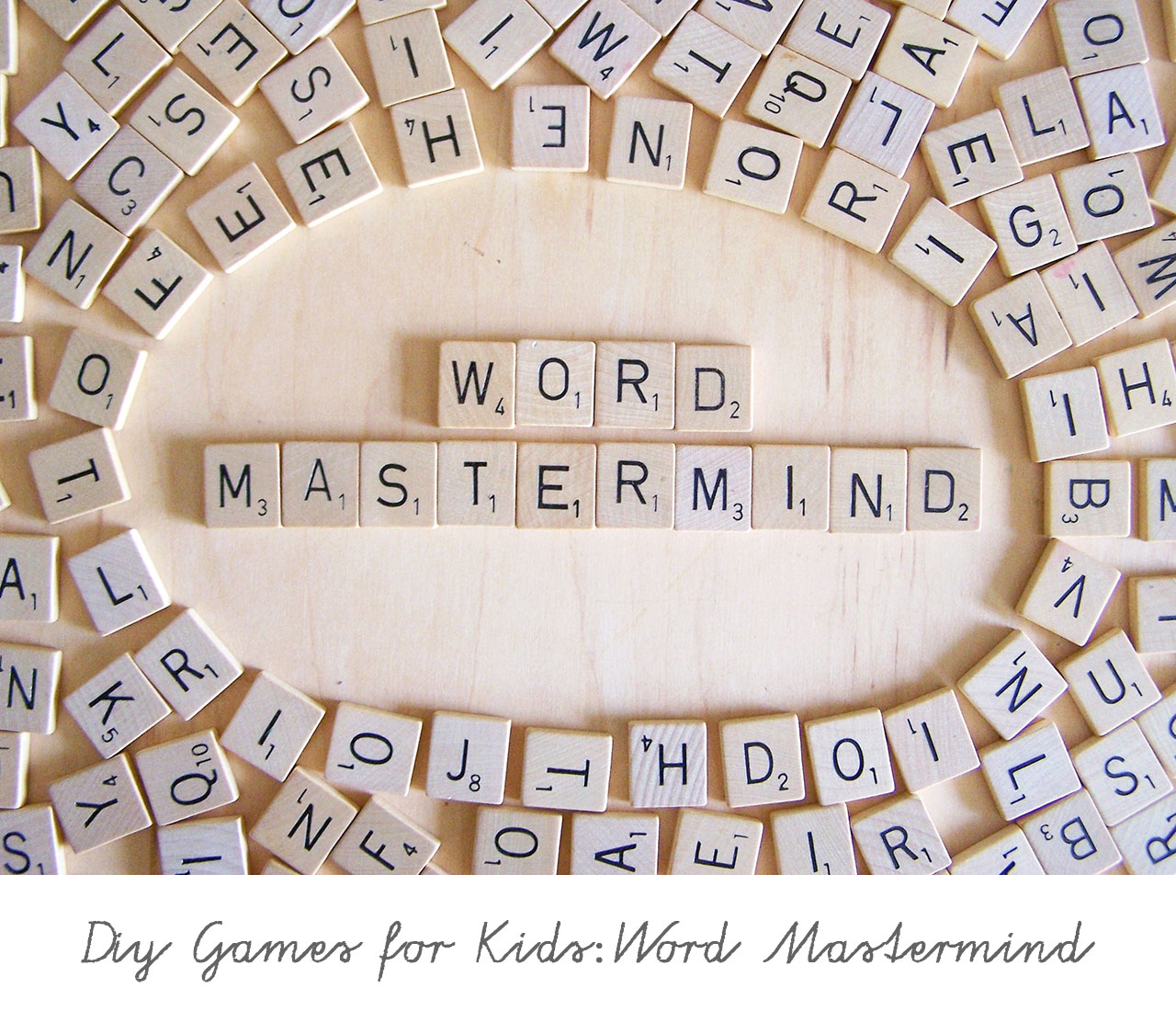 Do you have a Scrabble® game in your home? If so, put those letter tiles to use with this simple game.
Do you have a Scrabble® game in your home? If so, put those letter tiles to use with this simple game.

